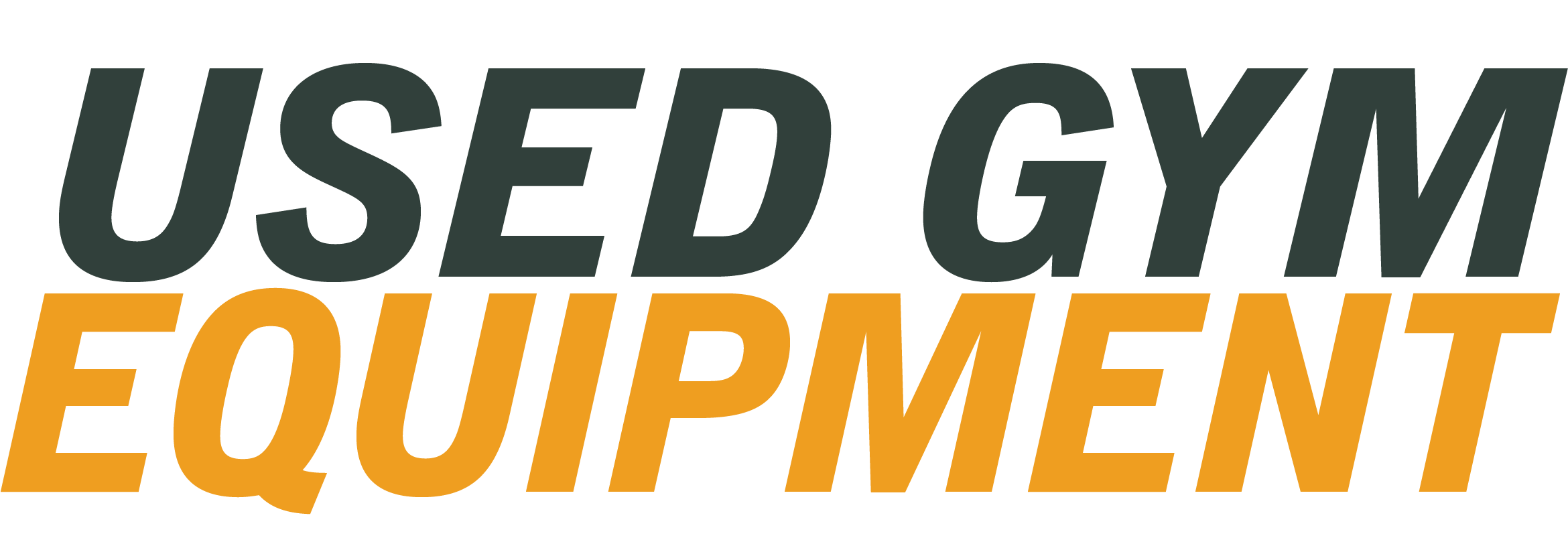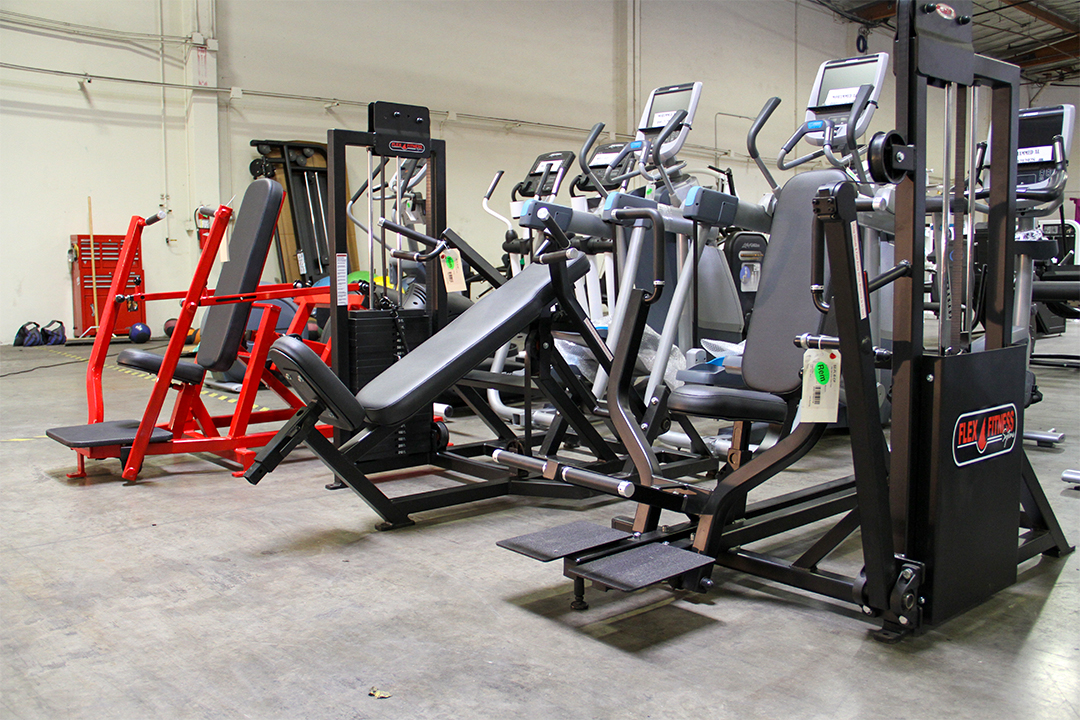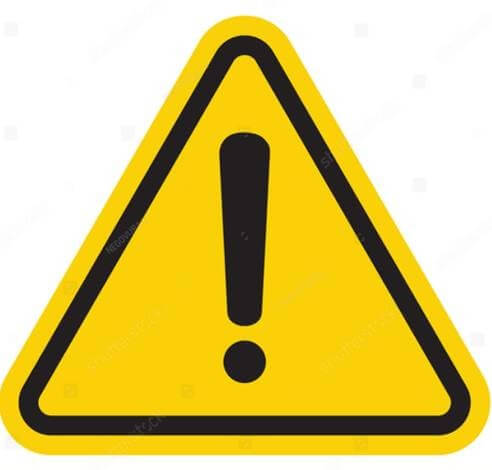Purchasing used gym equipment is a smart investment—one that allows you to build a high-quality fitness facility at a fraction of the cost. But to get the most out of your investment, regular maintenance is essential.
Whether you run a commercial gym or manage a fitness center at an apartment complex, properly maintaining used equipment ensures peak performance, extends lifespan, enhances safety, and keeps your clients satisfied.
In this guide, we’ll walk you through the key steps to maintaining used fitness equipment so it performs like new—day in and day out.
Why Maintenance Matters
Used fitness equipment, while more affordable than brand-new alternatives, has already logged hours of use. Without regular upkeep, wear and tear can accelerate, leading to breakdowns, expensive repairs, or even potential liability issues. Consistent maintenance offers several key benefits:
- Increases Equipment Lifespan: Routine inspections and timely servicing can add years to the life of your equipment.
- Reduces Downtime: Proactive maintenance prevents unexpected breakdowns that inconvenience members and staff.
- Boosts Member Satisfaction: Functional, clean machines reflect professionalism and keep members coming back.
- Improves Safety: Faulty or worn-out equipment is a safety risk. Preventative care ensures users are protected.
1. Create a Preventive Maintenance Schedule
Start by organizing a calendar-based maintenance schedule tailored to each piece of equipment. Group equipment by type (e.g., cardio, strength, free weights) and frequency of use.
A sample breakdown might include:
- Daily: Wipe down and inspect high-use machines like treadmills, bikes, and ellipticals.
- Weekly: Check cables, pulleys, and weight stacks for smooth operation.
- Monthly: Tighten bolts, lubricate moving parts, and inspect electrical components.
- Quarterly: Deep-clean machines and perform full diagnostics.
To simplify this process, use a simple spreadsheet or maintenance software to log every inspection, repair, and service for accountability and long-term tracking.
2. Clean and Sanitize Regularly
Cleaning is the simplest, yet most often overlooked, maintenance task. Sweat, dust, and debris can build up quickly—especially in busy facilities. Left unchecked, this grime can degrade surfaces, clog internal components, and create unsanitary conditions.
Best Practices:
- Use gym-friendly, non-corrosive cleaners.
- Wipe down all touchpoints (handles, consoles, seats, padding) daily.
- Vacuum around and underneath machines to prevent dust buildup in vents and fans.
- Disinfect free weights and mats to reduce bacterial spread.
Not only does cleaning enhance equipment longevity, but it also signals to users that your facility is clean, safe, and professionally managed.
3. Inspect for Wear and Tear
Even lightly used machines can develop issues that go unnoticed—until they cause a problem. Regular inspections help catch small problems before they become expensive.
Look for:
- Frayed cables or cracked belts
- Loose bolts, nuts, or screws
- Unusual noises during operation
- Delays or lags in electronic consoles
- Torn upholstery or damaged grips
Addressing these concerns immediately minimizes downtime and ensures safety.
4. Lubricate and Calibrate
Used commercial gym equipment, especially machines with moving joints, chains, or belts, require proper lubrication to perform at peak levels. Lack of lubrication can lead to friction, overheating, and premature wear.
What to Lubricate:
- Treadmill belts (consult manufacturer recommendations)
- Guide rods and weight stacks
- Pulleys and cable systems
- Rowing machine chains
In addition to lubrication, calibration of electronic systems ensures accurate reading and smooth function. This is particularly important for treadmills, ellipticals, and bikes with digital displays.
5. Replace Parts Before They Fail
Proactive part replacement is a key strategy in maintaining performance. Don’t wait for components to break—replace them on a set schedule, based on manufacturer guidelines and usage intensity.
Common parts that require regular replacement:
- Treadmill belts and decks
- Cable attachments
- Grips and handles
- Batteries in consoles
- Resistance bands or springs
6. Train Staff on Equipment Care
Your maintenance plan is only as strong as the people carrying it out. Make sure all gym staff understand how to spot early signs of trouble and follow your cleaning and inspection protocols.
Helpful tips:
- Post laminated checklists in staff areas
- Offer hands-on equipment training
- Reward consistent, thorough maintenance efforts
- Establish clear lines of communication for reporting issues
Empowering your team to care for your equipment ensures consistency and accountability.
Getting Started with Used Gym Equipment
Used exercise equipment offers exceptional value—but like any investment, it needs care to yield the best return. With regular cleaning, proactive inspections, and a solid maintenance schedule, you can ensure your fitness machines run smoothly for years to come.
Whether you’re outfitting a new gym or maintaining a large facility, the team at Used Gym Equipment is here to support your success with premium equipment and expert service.
Get in touch today, call us at 310.638.4800 or visit www.UsedGymEquipment.com to learn more.


